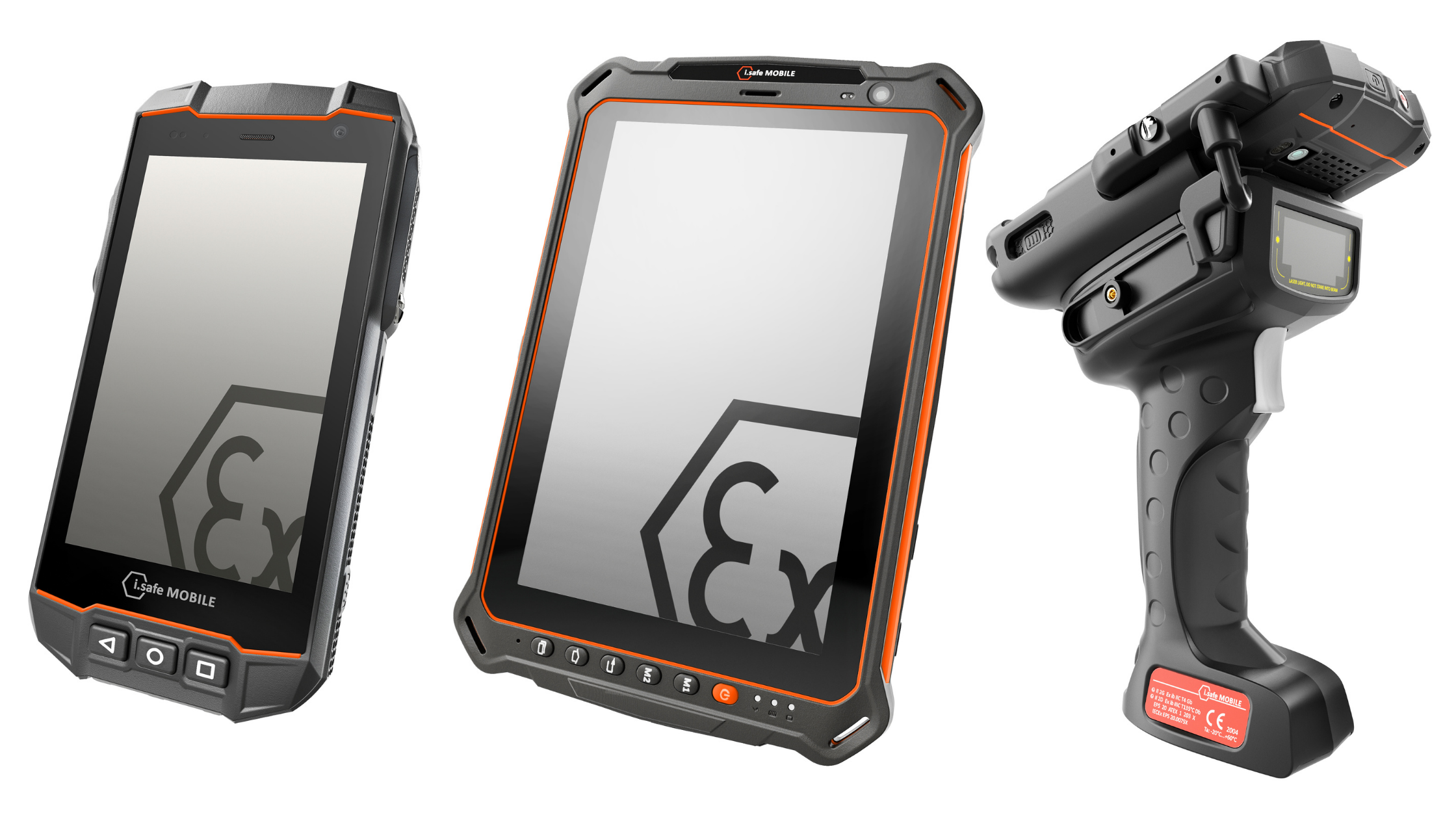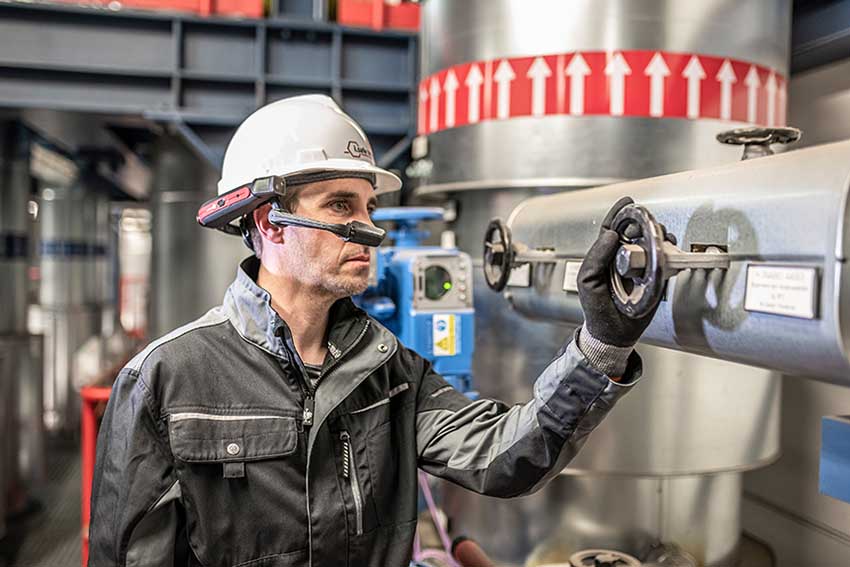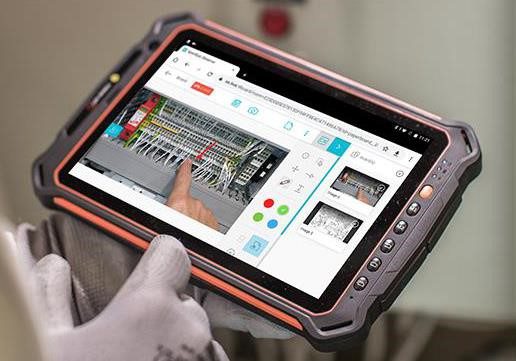
Did you know that over 80% of #pump failures originate at the seal? Operational conditions like cavitation and temperature changes can contribute to seal failure — that’s why we engineered our seal-less positive displacement technologies to help avert common #chemical processing pitfalls and optimize performance.
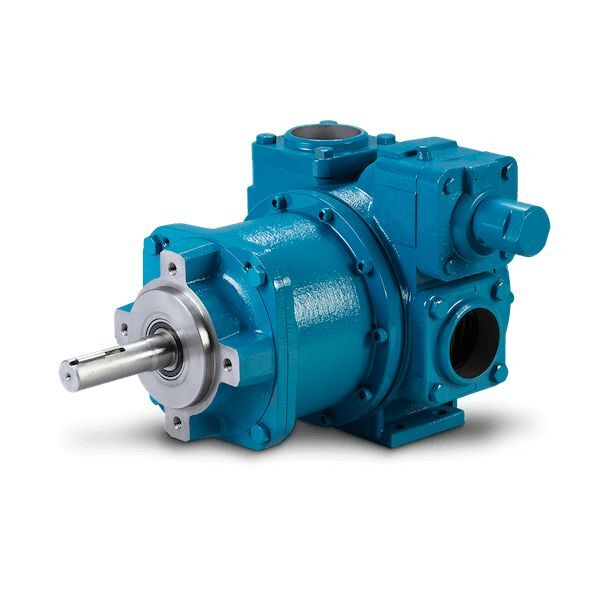
(Un)sealing the deal
It is simple, really: sealed pumps use dynamic seals to keep the liquid contained, while seal-less pumps do not require dynamic seals to contain the liquid. Sealed pumps can accommodate a constant bleed of trace fluid across the seal faces (even in double seals), whereas seal-less pumps offer true leak-free operation. Although sealed pumps remain more common, seals are viewed as the weakest link in a pump’s operational chain, with analysis of pumping operations indicating that upwards of 80% of all pump failures originate at the seal. A quick tour through any chemical processing facility will support this hypothesis: look for wet baseplates and empty baseplates. Both indicate reduced uptime related to a failure in a sealing device.
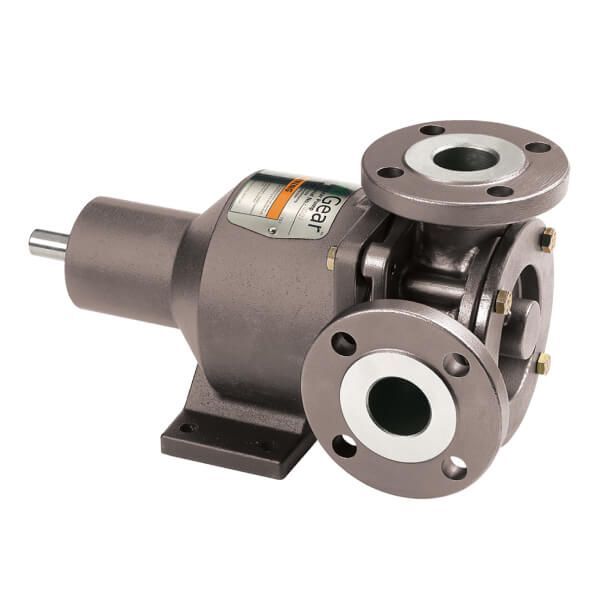
The design of the Blackmer E series magnetic drive gear pump allows it to eliminate leaks and reduce mechanical wear. The E series pump is available in ductile iron, carbon steel and stainless steel.
Now, this does not mean that all of these failures are solely the seal’s fault. In fact, there are many operational occurrences – pulsation, vibration, shaft deflection, dry run, viscosity, temperature and pressure changes, and liquid crystallization, to name just a few – that can cause the seal to leak or fail, either of which will put the pump out of service. Regardless, a compelling case is created for seal-less pumps since using this pumping technology would theoretically remove eight of every 10 seal-related downtime occurrences, eight of the 10 times ancillary costs for maintenance and repair are incurred, eight of the 10 times you need a maintenance staff or, to sum it all up, eight of the 10 headaches that are inherent in operating a pump.
So, if we can agree that there are compelling reasons to consider incorporating seal-less pumps in a chemical processing operation, the next question becomes: “Which type of seal-less pump?” Which brings the discussion back to the centrifugal or PD pump conundrum.
There has been recent growth in next-generation seal-less designs that feature a magnetic-drive coupling that is used to transmit torque to the pump. In these configurations, a magnetic coupling connects the driving shaft to the driven shaft without use of a dynamic seal to keep the pumped liquids contained.
Admittedly, mag-drive seal-less pumps typically have a higher purchase price than basic sealed pumps, but as the seals and accompanying seal-support systems get more complicated – and remain more prone to failure – they get more expensive. For example, a triple-lip seal can cost $3,000, and if you are repairing or replacing it every 12-to-18 months that cost will add up, along with the added expense of any maintenance or repair calls. Or, for double mechanical seals that require seal-support systems, the seal-support system adds $4,000 to $8,000 itself in purchase cost, plus associated costs for monitoring equipment.
Financial considerations aside, mag-drive seal-less PD pumps outperform their seal-less centrifugal cousins by offering new functionality that is not possible with centrifugal pumps. First, seal-less PD pumps are self-priming and have good suction-lift capabilities while mag-drive centrifugal pumps, just like sealed centrifugal pumps, rely on an integral reservoir that must be pre-filled before it is turned on, meaning that they technically are not self-priming pumps, but pre-primed pumps. Second, seal-less PD pumps allow for bi-directional operation. Simply rotate the pump forward or backwards to achieve line stripping in either direction, saving on fluid waste and improved safety in your facility. Third, seal-less PD pumps are not sensitive to changes in operating environment (liquid or system conditions), unlike centrifugal pumps, which must be tuned to a single BEP or they will react negatively to changes in their environment. Finally, seal-less PD pumps can dry run for extended periods, process suspended solids and accommodate zero-NPSHa systems, whereas centrifugal pumps struggle in each of these areas.
Source: Processing Magazine and Blackmer, a PSG brand LinkedIn page
